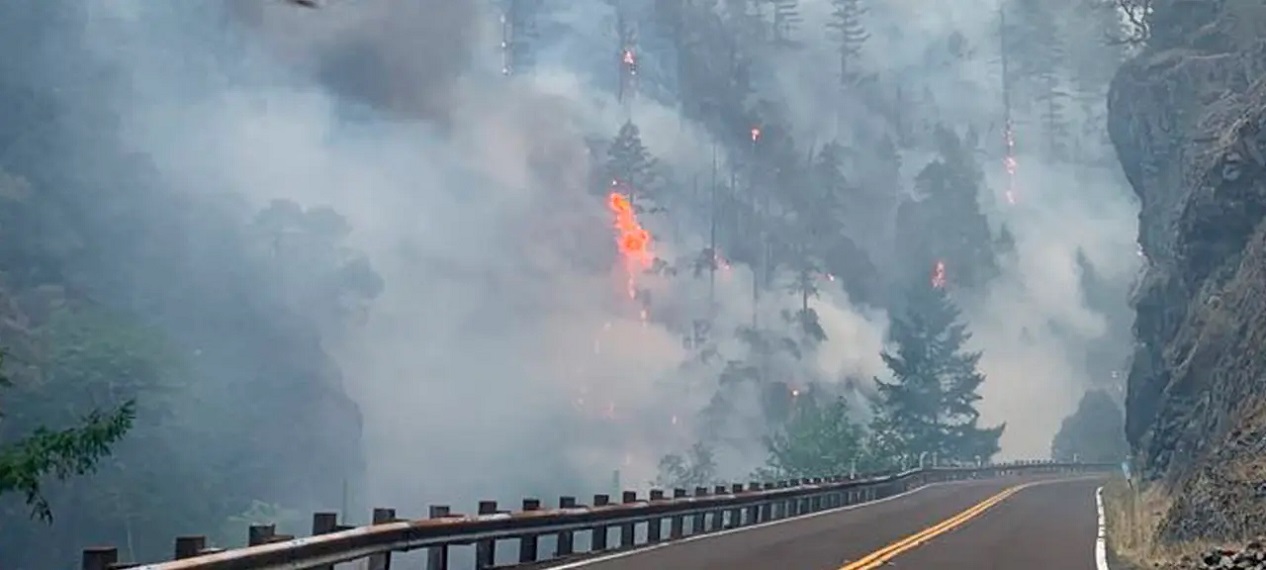How Artificial Intelligence Helps Firefighters
California’s fire department wants to extinguish wildfires before they become too large. To achieve this, they are testing a system that utilizes artificial intelligence – can this be a model for other regions?
To combat a fire, the first step is to know that it’s burning. In California, this can be a challenge. Being slightly larger than Germany but with only half the population, the state’s fire departments have traditionally relied on reports via phone calls. In remote areas, there are lookout towers with personnel to spot fires.
Cameras instead of fire towers
However, “the fire towers that were frequent, similar to lighthouses in Germany, are becoming fewer and fewer,” says Falko Kuester from the University of California, San Diego. The Berlin native is a big data specialist and involved in a project called “ALERTCalifornia,” which aims to detect fires more quickly using artificial intelligence. Instead of watchful eyes, hundreds of cameras now assist in this process.
“At the moment, we have over 1,030 cameras in California recording. These cameras are designed to have a 360-degree view, continuously recording at up to 1,000 frames per second,” explains Kuester. “If you do the math, each of these frames contains two million pixels, which means there are billions of data points. And that’s where artificial intelligence comes in – we’ve trained algorithms to analyze these signals.”
Fast and smart AI
The AI can recognize smoke faster and more accurately. Once smoke is detected, the fire department is alerted.
According to Fire Inspector Zachary Wells from the Kern County Fire Department, every minute counts in a fire: “The more time we give firefighters, the greater our chance of containing these incidents before they become large, complex fires that require hundreds, if not thousands, of firefighters to contain.”
The AI learns from each incident. When a fire is identified, the system receives feedback, enabling it to improve over time.
“Fires that no one ever hears about”
In addition to the cameras, the system also utilizes sensors such as thermal imaging cameras. It not only helps to detect fires more effectively but also attempts to predict their trajectory.
Kuester explains: “If you can calculate how fast a fire spreads in advance, you can prepare. Firefighters say, ‘Don’t tell me where the fire is, I can see that. Tell me where it will be in an hour.’ That way, I can send my people there, create firebreaks, and if necessary, evacuate residents.”
Dozens of fires have been contained in their early stages thanks to this system. “The greatest success story we can tell is about the fires no one ever hears about,” Kuester proudly states.
A model for other regions?
Climate scientists claim that wildfires in California have become more severe in recent years due to climate change. The state allocates millions of dollars to firefighting efforts and strives to protect itself using the most advanced methods.
The AI project for firefighting is said to be unique worldwide but not exclusive. The data is open source, meaning it is accessible to all. “The goal is to create a framework model that can be replicated elsewhere,” says Kuester.
As evidenced by this summer’s intense wildfires in Greece, Canada, and Hawaii, the issue is prevalent across the globe.
